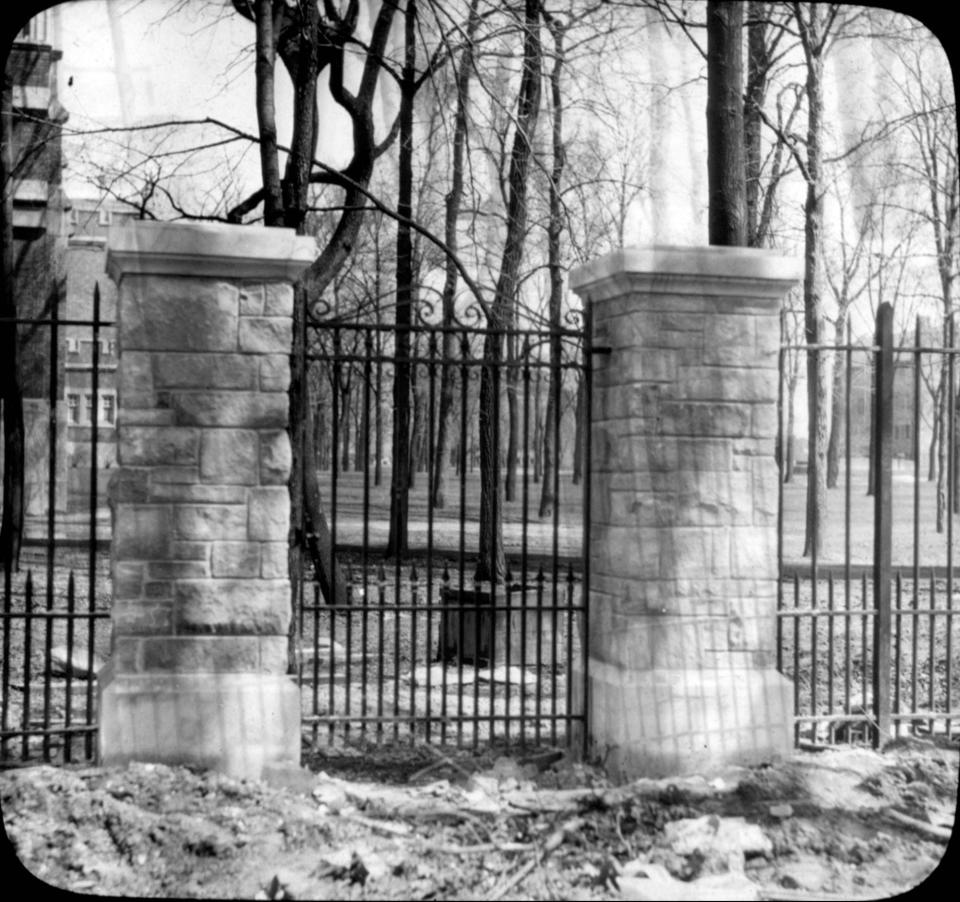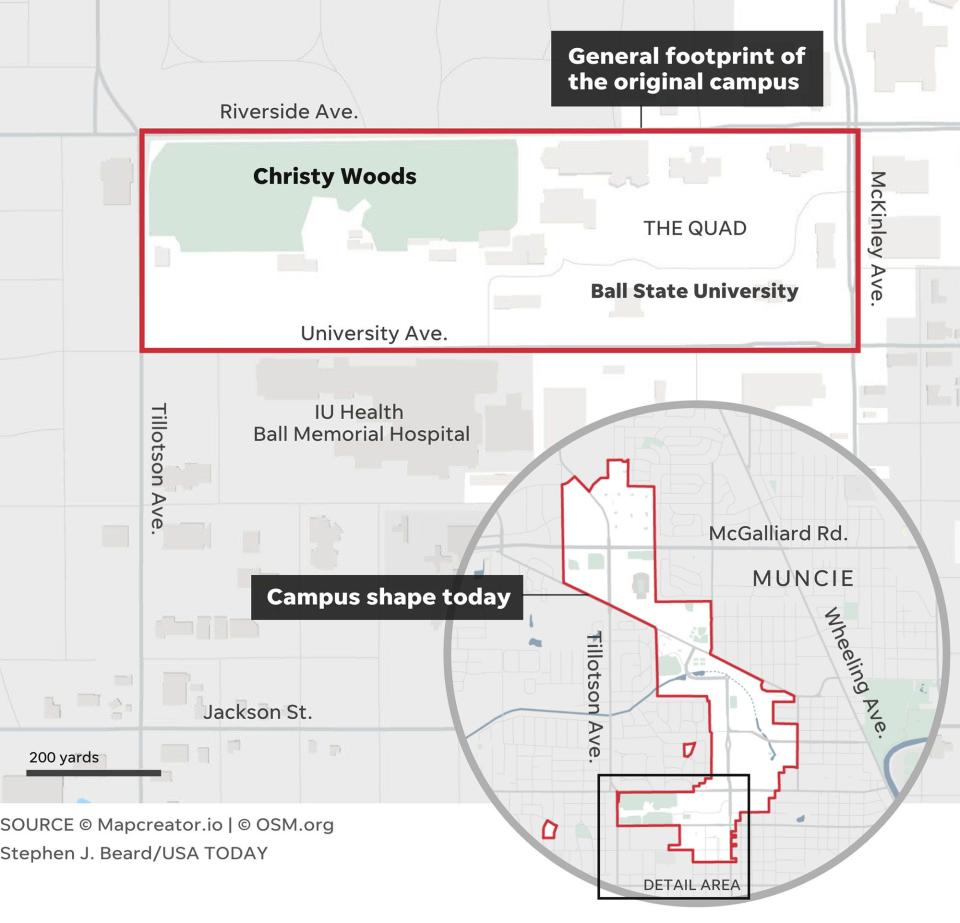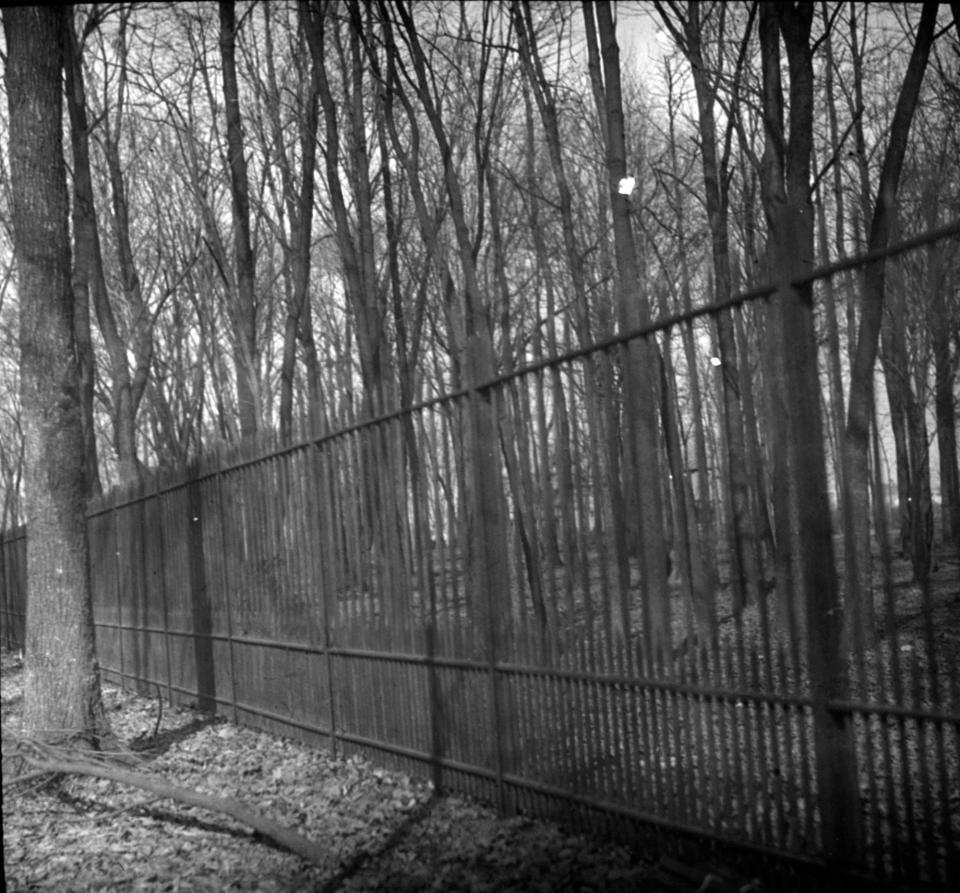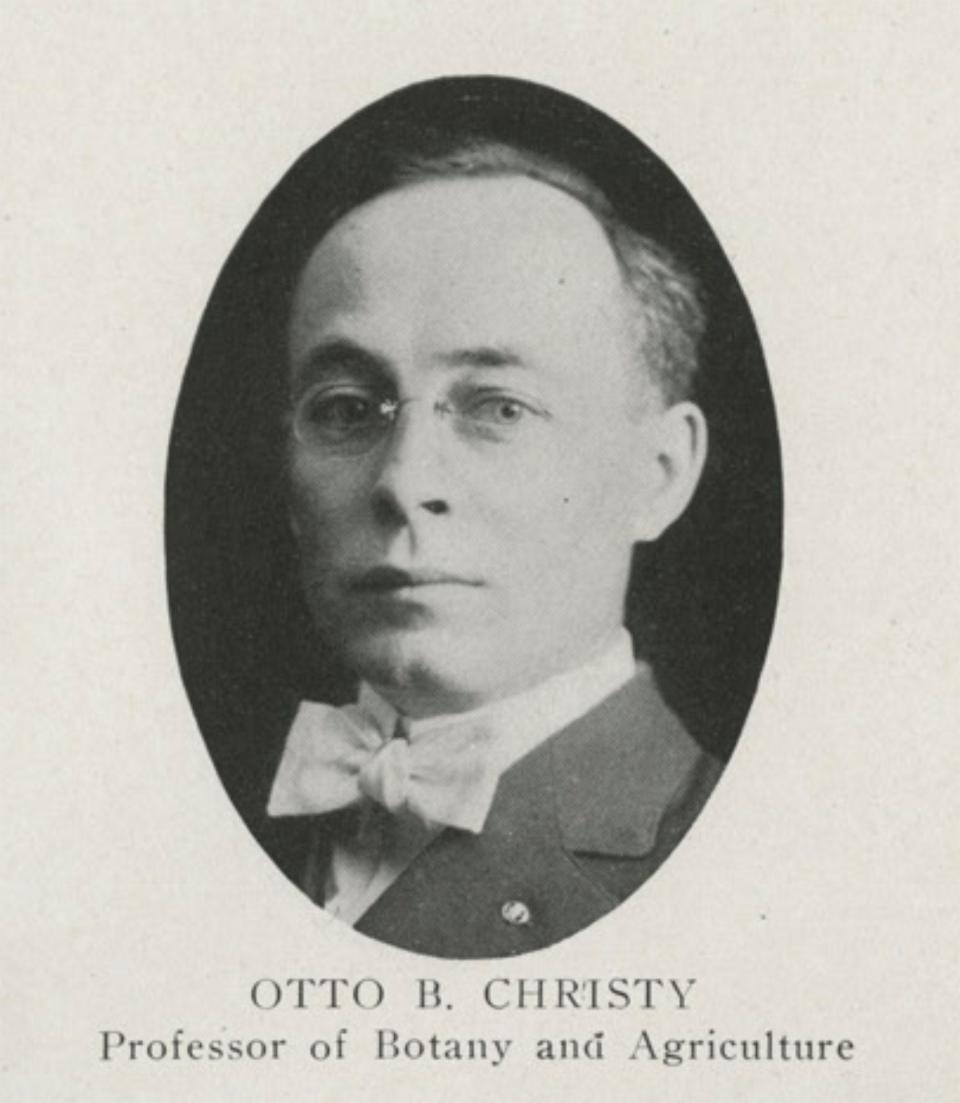ByGone Muncie: Christy Woods’ roots run deep
MUNCIE, Ind. – I live in Kenmore Neighborhood, about a block west of IU Health Ball Memorial Hospital. When I bought my house a few years ago, the most attractive feature was its proximity to work.
I teach in the Department of Media at Ball State and my office in the Letterman Building is exactly 1.1 miles from my front door. On days I walk, my route to work runs through Christy Woods, the bucolic 17-acre expanse of woodland stretching south of Riverside Avenue, from Tillotson to the currently under renovation Cooper Science Building.

Christy Woods has deep roots at Ball State. It’s hard to believe today, but it once marked the school’s northwest edge, serving as a natural border between campus and the rural countryside. When BSU opened in 1918 as the Eastern Division of Indiana State Normal School, the area beyond the woods in northwest Center Township was sparsely settled farmland punctuated by forest and wetlands.
Ball State initially developed around the Quad, a beautiful park-like rolling greenspace tucked between Riverside and University avenues, just west of McKinley. The first classes were held in the 1899-built Eastern Indiana Normal University building, where BSU’s admin offices are today. The Burkhardt Building was built as Science Hall in 1924, followed by the West Quad Power Plant.

Ball Gymnasium opened in 1925 and Lucina Hall (a dorm) and North Quad (the library and assembly hall) a year later. An 1899 wooden dorm known as Forest Hall lay between Lucina and the Admin building; though it was razed in 1941. The Fine Arts Building opened in 1935 and was offset south by Beneficence two years later. West Quad, which never gets any love, opened in 1936. Cooper Science was added much later in 1967.

The college developed land to the southwest as tennis courts and athletic fields. The wooded area northwest remained undeveloped. In the mid-1920s and early 1930s, it was known informally as Crabbs’ Woods, so named in honor of O.W. Crabbs, an early superintendent of grounds at Ball State. He also owned property south of campus. Crabbs left a lasting imprint on Muncie as well, having served as superintendent of both city parks and Beech Grove Cemetery during formative years. His legacy remains standing today, quite literally, in the form of 100+ year old sycamore trees around Muncie.
The Evening Press reported in 1925 that Crabbs had launched an ambitious two year campus beautification program. The plan began by adding shrubs around existing buildings and willow trees on the Quad. He then sowed an oat field and planted an apple orchard southwest of Ball Gym. Crabbs also installed a one acre garden to supply “the school cafeteria and Home Economics department with many vegetables.”

Crabbs' Woods to the north was used often for picnics in the 1920s. For instance, in mid-August of 1928, the Press reported that “members of the faculty of Ball Teachers College held a picnic in O.W. Crabbs' woods last evening.” Almost everyone at BTC attended this pre-semester bash, including Professor of Botany and Agriculture, Otto Christy.
Dr. Christy was a founding member of Ball State, having transferred to Muncie in 1918 from the Indiana State Normal School’s Terre Haute campus. In June of 1918, the Evening Press reported that “Dean B.F. Moore, of the Muncie branch of the Indiana State Normal school, announced Thursday morning the appointment of Otto Christy as head of the botany and agricultural department.” For an annual salary in 1918 of $2,700 ($53,500 today), Christy was hired alongside 18 other teachers including Erie Clippinger, Professor of English; Viletta Baker, professor of Latin; and Roscoe R. Hyde, professor of zoology.
Christy spent the rest of his career at Ball State. In 1932 he became chair of the newly formed Science Department, a role in which he served until his retirement in 1950. Christy also made notable contributions off campus, serving as director of Muncie’s Victory Garden program during the Second World War.
On campus, Christy was widely known for planting trees, especially around Arbor Day. This culminated in 1929 when he established the College Arboretum with his students. Carved from the east end of Crabbs’ Woods, the arboretum was “15 acres of woods back of the Ball Gymnasium,” according to the Evening Press. It is “now used by the science department to preserve rare plant forms.”
The arboretum was designed by Christy’s colleague, Joseph ‘Tip’ Porter, a professor of landscape design at Cornell University. The space also featured a botanical garden and bird reserve, offering “an excellent biological laboratory for students of the science department.” Christy and his students planted no less than 40 species of native trees and “hundreds of flowering plants, a number of them rare Indiana species.”
By 1932, “under the direction of Professor Christy,” the Muncie Star reported, “the arboretum has become a regulated natural garden bisected with trails to various points of interest from a tangled mass of trees and undergrowth which it was a few years ago.” Students kept detailed records of plant growth and the arboretum’s overall evolution.
Many people contributed by donating plants, including Will Nation, a salesman from Muncie and part-time horticulturist. James Kirklin, the Chancellor of Vanderbilt University where Christy had studied, donated irises in 1935 along with Alfred Kinsey of Indiana University, a professor of zoology.
Dr. Kinsey later became a well-known mid-20th century sexologist. His groundbreaking and controversial study of human sexuality forever changed America. However, at the time of his donation, Kinsey studied gall flies mostly. He guest-lectured at Ball State in 1936 and even took a tour of the College Arboretum to inspect the growth of his gifted flowers.
In May of 1940, the college recognized Otto Christy’s efforts by renaming the arboretum in his honor. President Lemuel Pittenger noted to the Board of Trustees that Christy “conceived the idea of an arboretum and has consistently through the years advocated and labored to evolve the idea of an outdoor laboratory.” Because of this, “the Ball State College Arboretum is now named in honor of Dr. Christy and shall be known generally and officially from this time as ‘Christy Woods.’”
The average one way commute time in Indiana is 22.5 minutes. I know some Munsonians that drive an hour to Indianapolis everyday and back. I’m fortunate in life that I don’t and instead get to enjoy a pleasant stroll through Christy Woods. Although I must admit, my ‘commute’ time is probably longer than most. I tend to linger a bit in the enchanting century old forest.
Chris Flook is a Delaware County Historical Society board member and a Senior Lecturer of Media at Ball State University.
This article originally appeared on Lafayette Journal & Courier: ByGone Muncie: Christy Woods’ roots run deep

